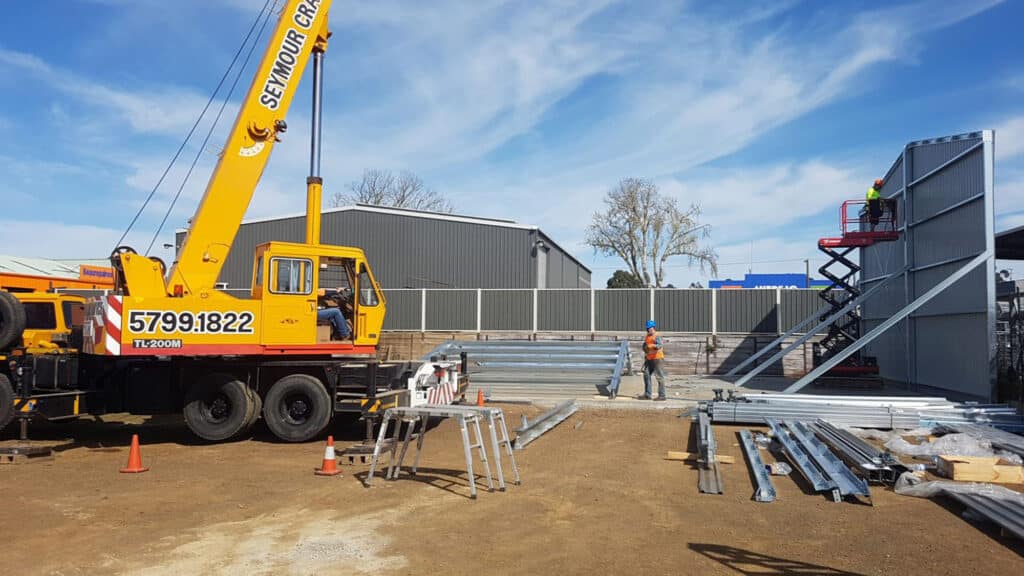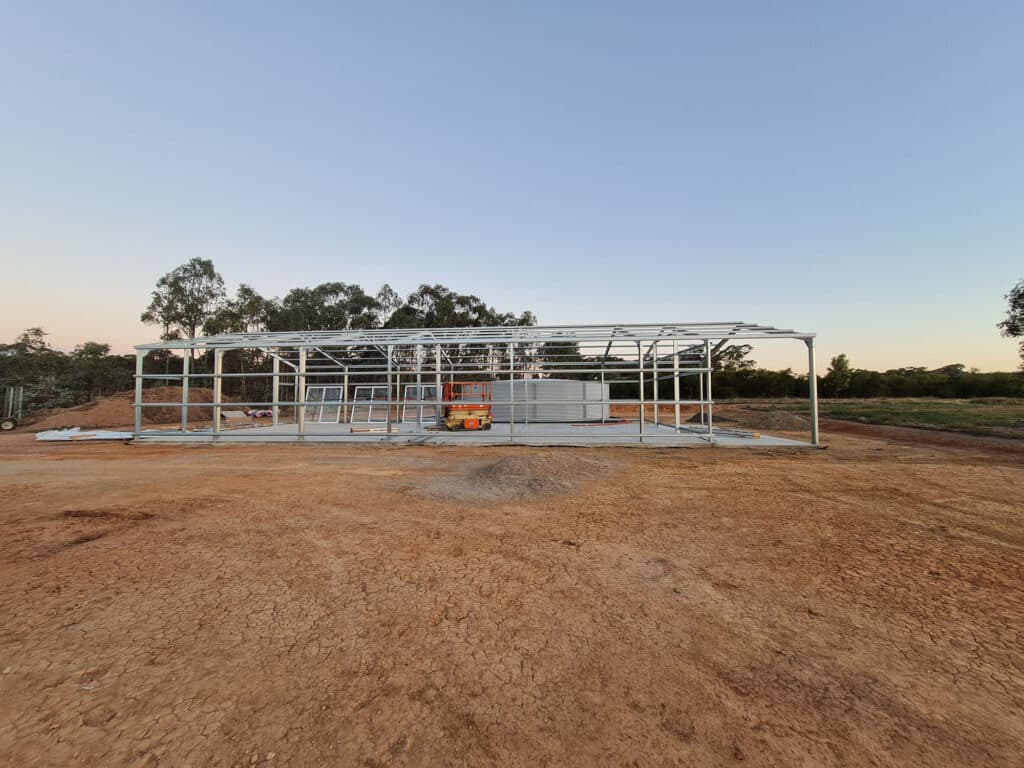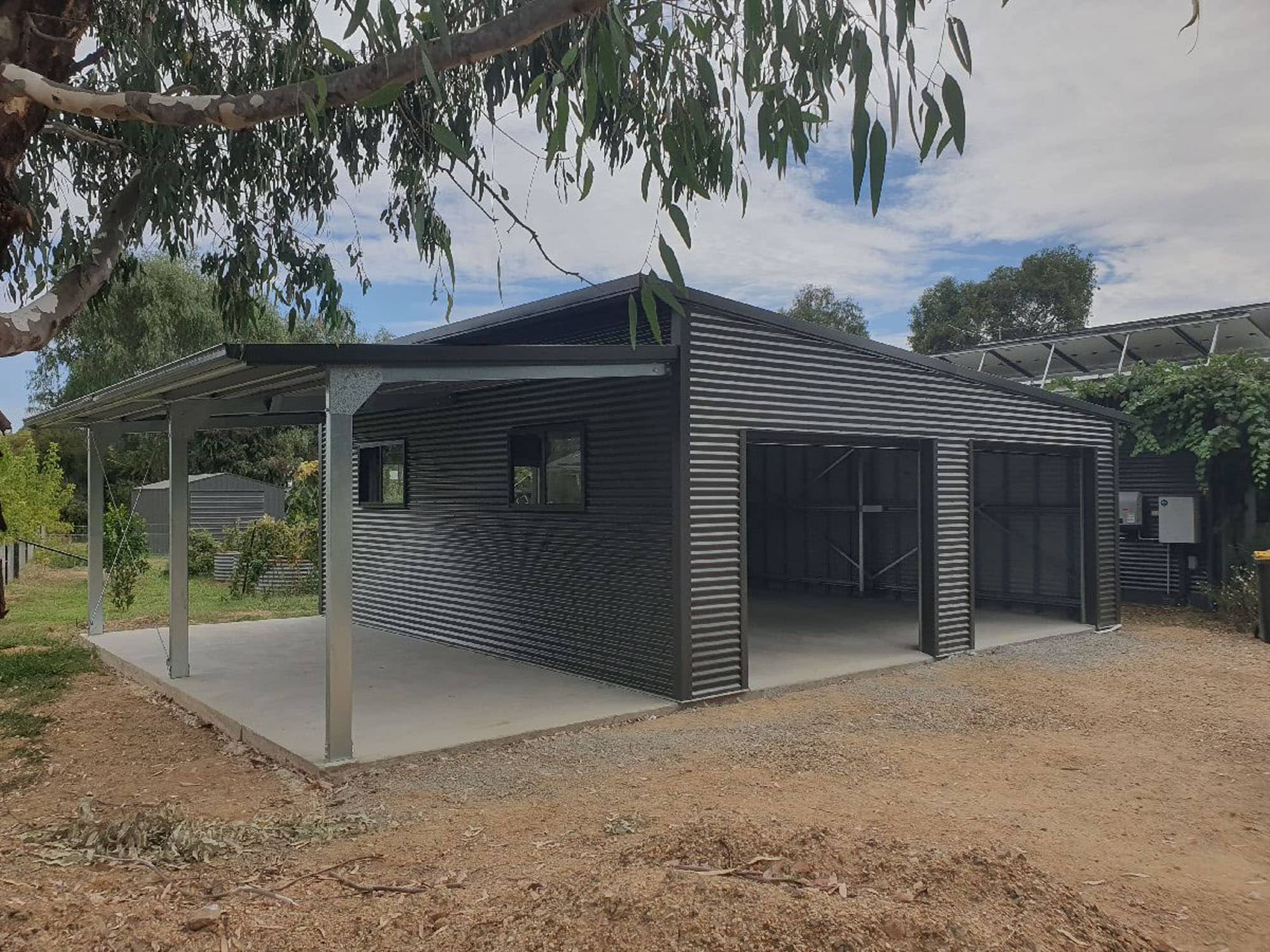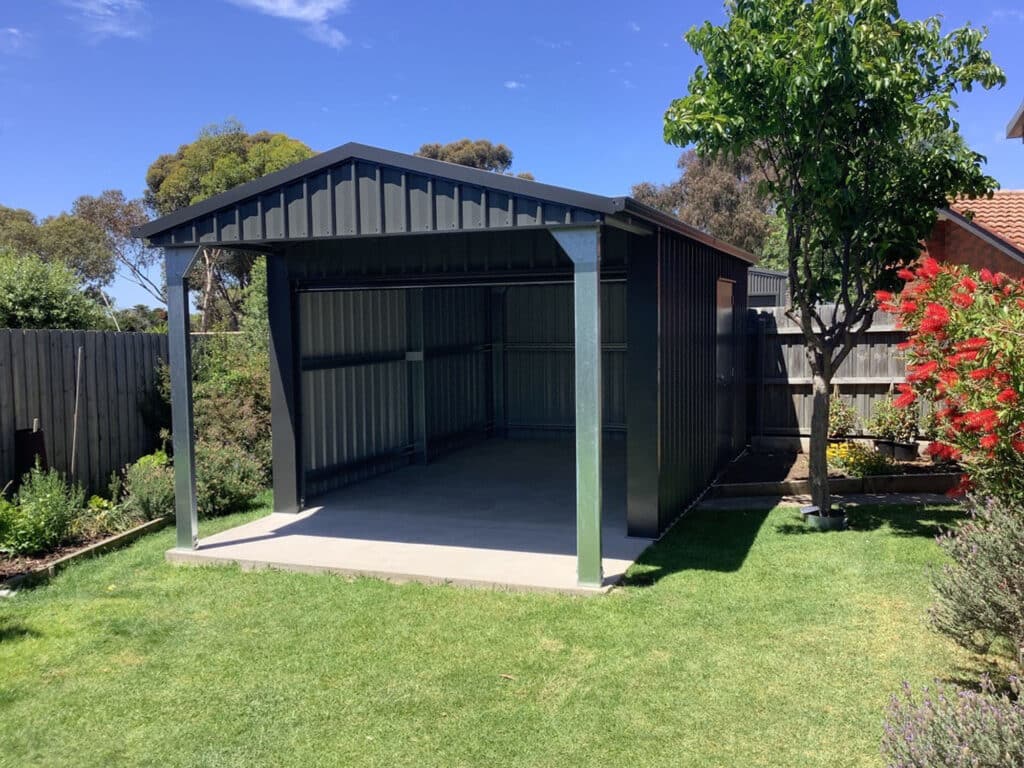Why Your Shed Build Won’t Be Done in 8 Weeks (and Why 6 Months Is Actually a Win)
What You Need to Know About Shed Timelines Before You Sign Anything
Think You’ll Have Your Shed Up by Next Month?
That’s exactly what Simon thought. He signed the contract, circled a date on the calendar, and started clearing space for a slab. Six months later? The slab still wasn’t poured. The builder had ghosted him — twice. And the so-called “shed company”? They’d already moved on to their next sale.
If someone’s told you a shed build only takes a few weeks, stop and ask yourself this simple question:
What aren’t they telling me?
Because in this industry, short timelines are rarely a promise.
They’re a setup. For delays. For finger-pointing. And for surprise costs you won’t see coming until you’re already too deep to pull out.
So How Long Does It Actually Take?

From the day you sign your contract to the day your shed’s finished, you’re looking at around six months — give or take.
Here’s what those six months look like:
Finalising the Design (1–2 weeks): You’ll need engineered drawings, site-specific details, and compliance-ready plans — not just a brochure sketch.
Permit Approvals (2–12+ weeks): Planning permits can add months if your site needs extra approvals. Even straightforward jobs take time if you’re waiting on council or managing it yourself.
Slab and Site Prep (2–3 weeks): Includes earthworks, forming, pouring, and curing the concrete properly. This often drags out if trades aren’t booked early.
Shed Construction (1–4 weeks): Once the slab’s ready and everything’s scheduled, the shed can usually go up fairly quickly. Assuming the prep work was done right.
Final Sign-Off (1 week): Council inspections and compliance wrap-up still need to happen before it’s all officially complete
All up, six months is a realistic timeframe for a shed build if it’s properly managed from the start.
The Four Things That Really Blow Out Your Build Time (And How to Avoid Them)

1. No One Takes Ownership of the Process
A lot of shed companies will sell you the kit, maybe recommend a couple of local trades, and then step away. That leaves you to sort out:
- The permit process
- Booking concreters
- Scheduling the builder
- Chasing compliance at the end
The problem is, no one’s looking at the full picture. Everyone’s focused on their bit, and when something’s missed or runs late, it’s your problem to fix.
How to avoid it:
Work with a team that manages the full build — not just materials. When the same people handle design, permits, slab, and construction, there’s no finger-pointing. Just a clear timeline and a single point of responsibility.
2. Subcontractors Don’t Run to Your Schedule
If your shed company doesn’t organise the trades for you, or if they leave you to chase up a concreter or builder on your own, you could be in for a long wait.
And when you finally do get someone on the phone, there’s a good chance they’ll tell you they’re booked out for weeks, even months. By that point, your slab's delayed, your build date blows out, and there’s not much you can do except wait.
How to avoid it:
Before you sign anything, ask exactly who’s managing the trades, and when they’ll be booked. If you’re told to “just give this guy a call,” you’re on your own.

3. Permits Aren’t Started Early Enough
This one’s a big one. Permits don’t get chased up until weeks after the contract is signed, and it’s usually because the builder’s waiting on you to “finalise your details.”
Meanwhile, you’re assuming things are moving. They’re not. Nothing can start until the permit is approved. And that clock hasn’t even started ticking yet.
How to avoid it:
Make sure permit documentation is part of the first conversation. The earlier it’s lodged, the sooner everything else can move.
4. The Real Delays Happen Before the Build Starts
It’s easy to think things only slow down once construction kicks off. But most of the time, the delays creep in during planning.
If the drawings aren’t right, paperwork isn’t submitted early, or trades aren’t locked in at the start, everything gets pushed back. And because that all happens behind the scenes, it can feel like you’re waiting on nothing.
How to avoid it:
Make sure your builder treats pre-construction like the job has already started. Because in many ways, that’s the most important phase. The more that gets done early, the smoother everything runs later.
Want to Know How Long Your Shed Will Really Take?

If someone’s telling you they can have your shed built in a few weeks, it’s worth asking a few straight questions.
Who’s managing the slab?
What happens if a trade doesn’t show up?
Has the permit even been submitted yet?
Is the price fixed — or is it just the kit?
Because once you're locked in and the delays start, you're the one left juggling phone calls, timelines, and costs that were never mentioned upfront.
The good news is you can avoid all of that if you start with the right information.
That’s why I’ve put together this practical Shed Buyer’s Guide to help you plan properly from day one.
Inside, you’ll find:
- A real-world timeline for what each stage actually takes
- What to ask before you sign with any shed company
- Where most people lose time (and how to avoid it)
- And what makes a shed build run on time, without the stress
Download Your Free Shed Buyer’s Guide Here
It’s the first step to getting your shed built the right way — on time, on budget, and without the runaround.
Free Expert Advice Specific To Your Shed Needs
Over the past 20+ years we’ve had the honour of helping more than 5000 homeowners and farmers get a better looking, longer lasting garages and carports. We’d love to help you too by answering your questions and sharing our experience.

